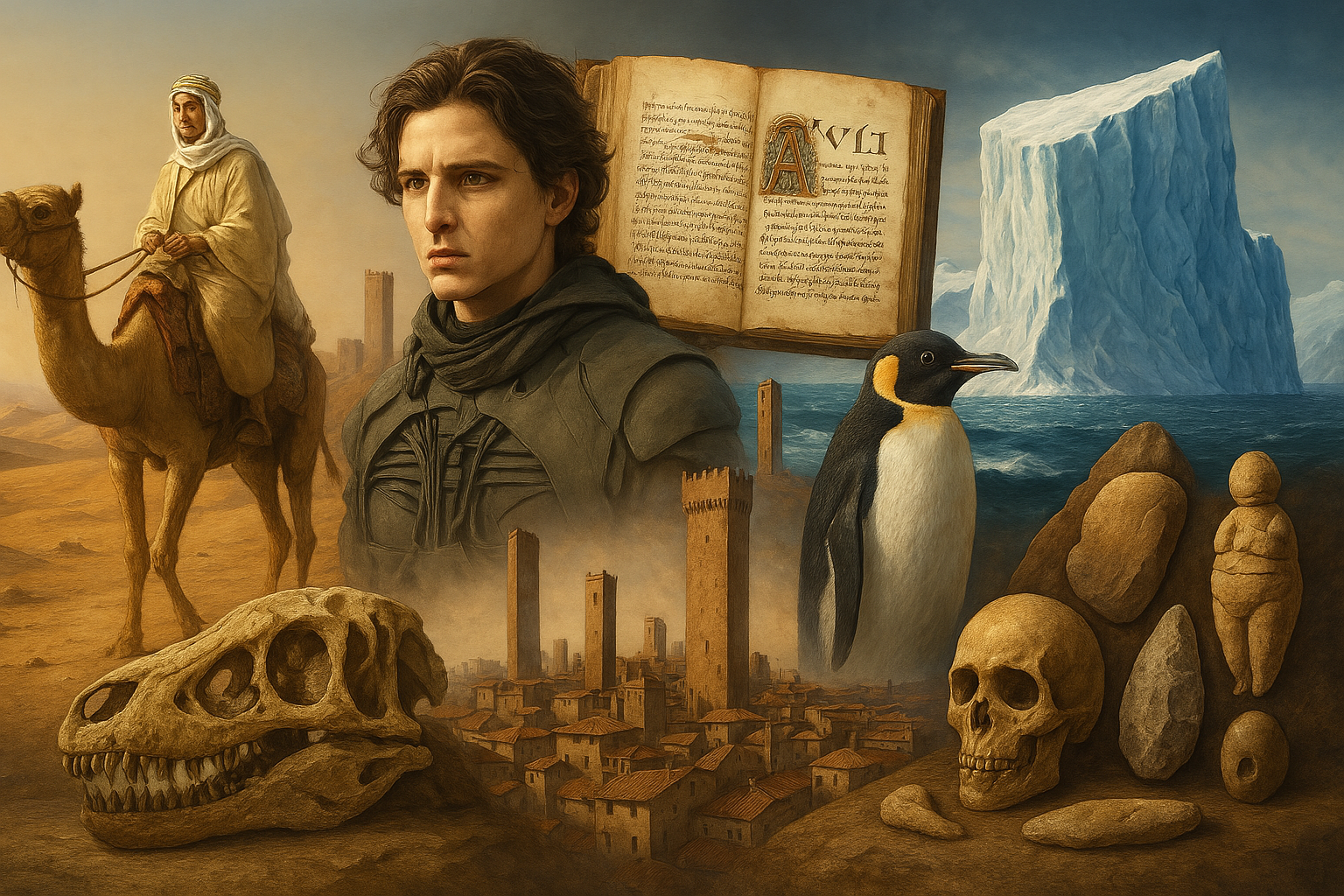Роман Федорцов (@rfedortsov_official_account) • Instagram photos and videos
Rare beesten uit de zee!
Lawrence of Arabia, Paul Atreides, and the Roots of Frank Herbert’s Dune – Reactor
Although Lawrence’s narrative was certainly an inspiration for key aspects of Dune, there are also critical contrasts in the portrayals of Lawrence and Paul, the Arabs and the Fremen, women, and religion. What follows is a discussion of some similarities and differences between the fictional world of Dune and the worlds in Seven Pillars of Wisdom as filtered through Lawrence’s recollections of his time as a go-between figure in the British and Arab camps during World War I. This overview will demonstrate how Herbert adapted and modified elements of Lawrence’s story to create a world in Dune that is both familiar and new.
First burials: Compelling evidence that Neanderthal and Homo sapiens engaged in cultural exchange
The first-ever published research on Tinshemet Cave reveals that Neanderthals and Homo sapiens in the mid-Middle Paleolithic Levant not only coexisted but actively interacted, sharing technology, lifestyles, and burial customs. These interactions fostered cultural exchange, social complexity, and behavioral innovations, such as formal burial practices and the symbolic use of ocher for decoration.
The Lost Towers of the Guelph-Ghibelline Wars – Ex Urbe
This implausible Medieval forest of towers, as dense as Manhattan skyscrapers, is our best reconstruction of the town of Bologna at its height, toward the end of the Medieval Guelph-Ghibelline wars. We don’t see many such towers today… or think we don’t, but actually their remnants are all over Italy.
Chicago-Sized Iceberg Hid Ancient Ecosystem, Scientists Reveal
The scientists investigated a region of seafloor recently exposed by the calving of a gigantic iceberg—A-84—which is as large as Chicago. The team found a surprisingly vibrant community of critters on the seafloor below where A-84 was once attached to an ice shelf attached to Antarctica.
“We didn’t expect to find such a beautiful, thriving ecosystem,” said Patricia Esquete, the expedition’s co-chief scientist and a researcher at the University of Aveiro in Portugal, in a British Antarctic Survey release. “Based on the size of the animals, the communities we observed have been there for decades, maybe even hundreds of years.”
Mysterious Giants May Be a Whole New Kind of Life That No Longer Exists : ScienceAlert
A yet-to-be-published study on three different P. taiti fragments, led by researchers at the University of Edinburgh, argues there’s insufficient evidence to conclude Prototaxites is a fungus at all.
Through a review of microscopic anatomy and chemical analysis of its tubular structures, the team systematically eliminated each and every candidate group, leaving no modern organism it might share some kind of ancestral relationship with.
The Worm That No Computer Scientist Can Crack | WIRED
One of the simplest, most over-studied organisms in the world is the C. elegans nematode. For 13 years, a project called OpenWorm has tried—and utterly failed—to simulate it.
We Can, Must, and Will Simulate Nematode Brains—Asterisk
Scientists have spent over 25 years trying—and failing—to build computer simulations of the smallest brain we know. Today, we finally have the tools to pull it off.
We asked camera companies why their RAW formats are all different and confusing | The Verge
A universal open-source format exists, but only a handful of cameras use it.

